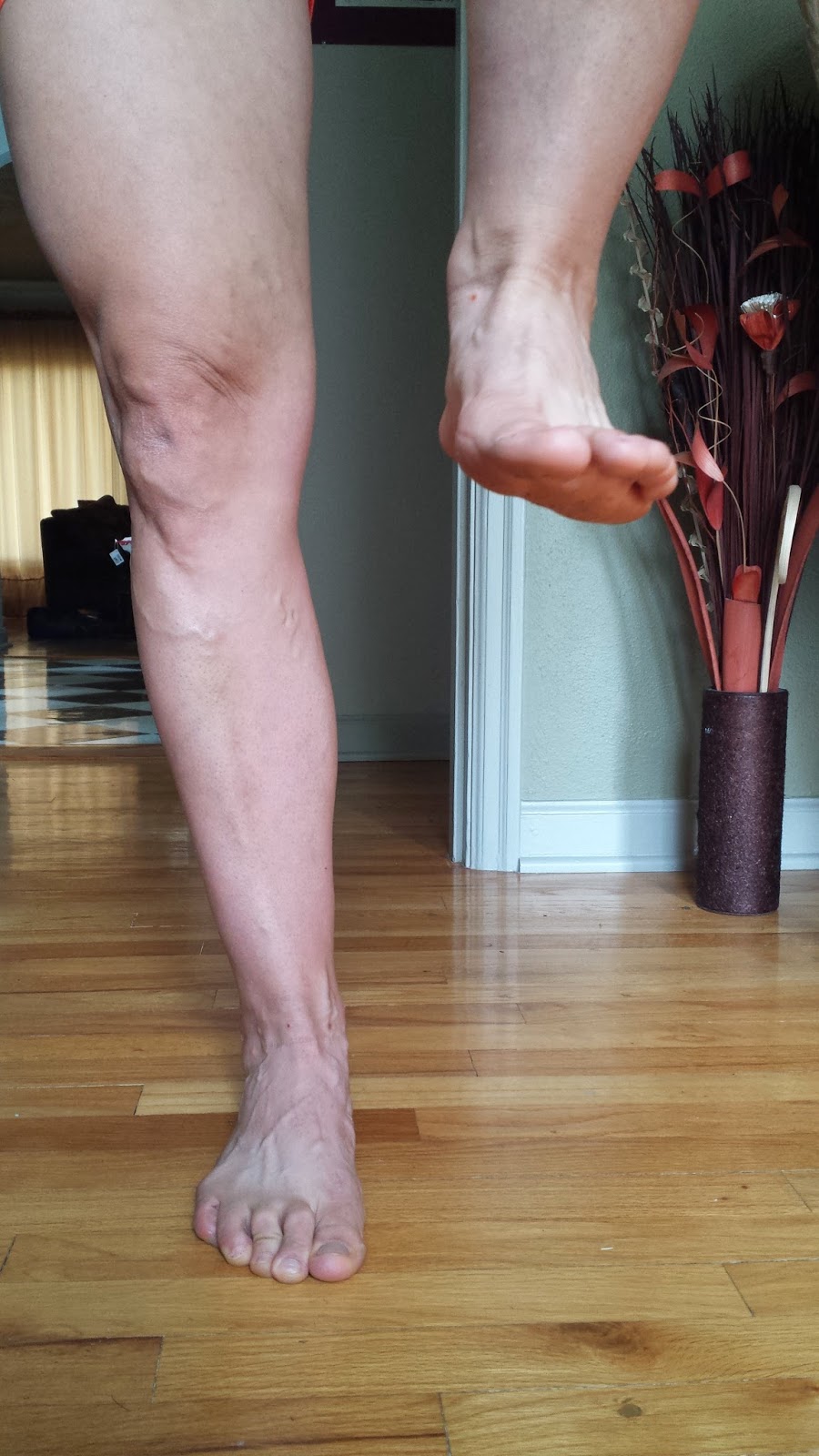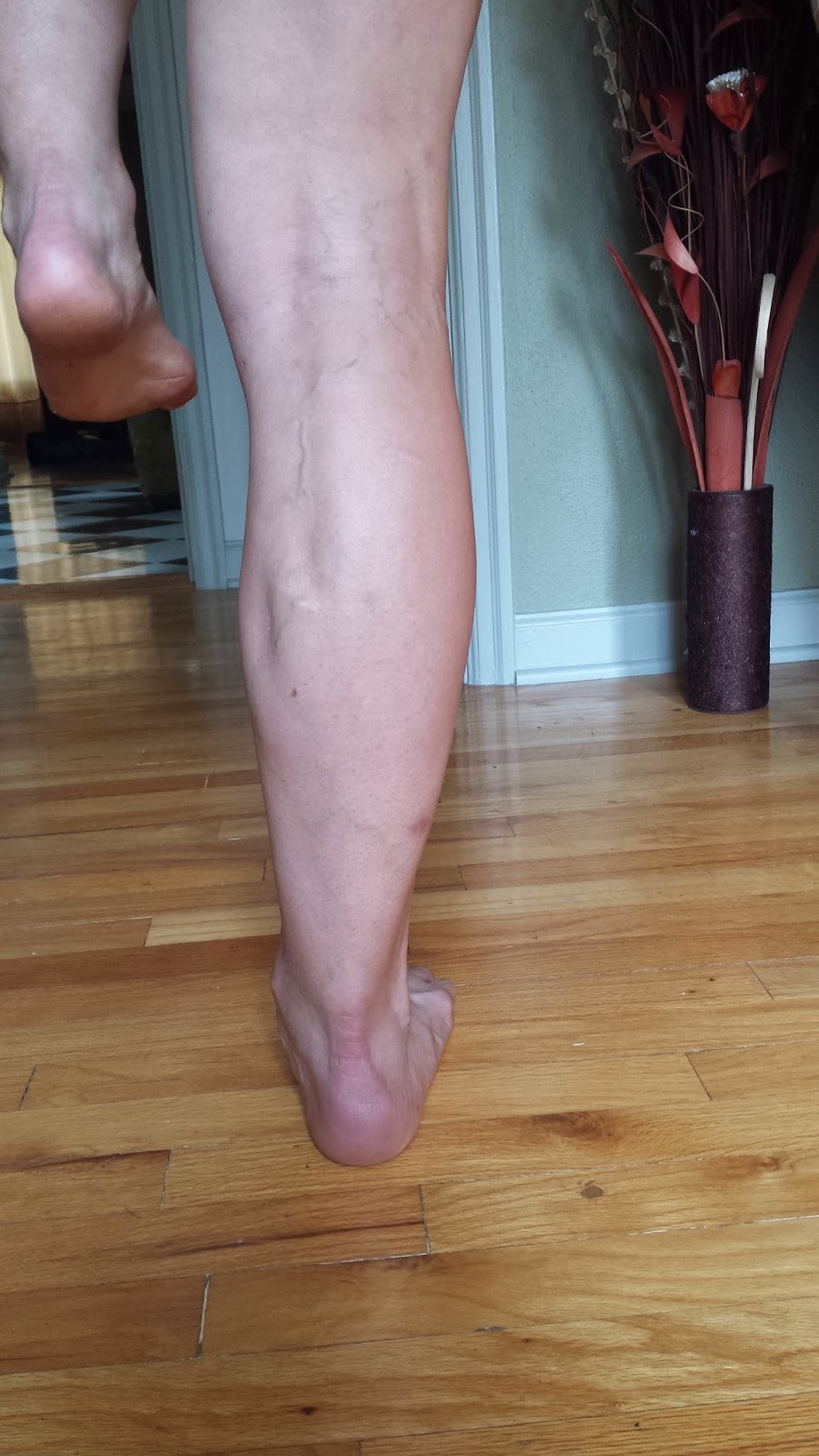It All Starts With the Feet (part 1)
I can’t help but notice people’s movement patterns as I walk. You’d be stunned by the number of high schoolers busting out of the inside of their Tom’s. It’s an interesting enigma. Nobody ever teaches you the proper mechanics of how to walk. They just applaud as you get ambulatory. Perhaps this is the real beginning with your love affair for people cheering.
If alignment is what we’re searching for in order to get maximal function, there are multiple enemies to our supportive foundation.
The first, and what I find to be the most prevalent, is over-pronation.
Pronation is when you have a flat arch and your ankle caves in. Most of the weight is on the inside of the foot.
Over-Supination is the opposite of this phenomena, when you have a high arch and your foot rolls outward when you stand or step. (Imagine loading this pattern with weight or speed by smashing it into the ground repeatedly by running. Ouch. No wonder things hurt!)
You also have internal and external rotation, which is commonly known as pigeon-toe or duck-feet, respectively. Again, if your foot turns in or out excessively when you walk, think about what is being compromised by that pattern, and see if you can follow it up through your joint of pain (presumably ankles, knees, or hips).
Finally, we have tip-toe walkers, with the most pleasant looking heels and gnarliest of toes. When you elevate your heel in stilettos or fancy air padded Nikes, you force most of your weight onto the front of the foot, which, in turn, triggers your knees to bear most of the load. (Front point of contact, front line of the body that must work extra hard to compensate. Get it?)
What you WANT to have is three points of steady contact.
 |
| Pronated |
 |
| Corrected. Toe grip and knee tracks out. |
 |
| Pronated. Notice the Achilles rounding in. |
 |
| Corrected. |
Try these out and try to keep the knee of the up leg even with your belly button, not low dangling like the pictures. (Do as I say, not as I do). Grip floor, create arch, and DRIVE through the ground down to lift the elevated knee up. Butt on standing leg side should be engaged.




